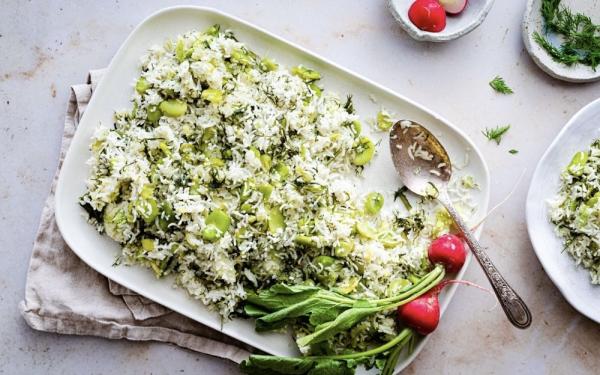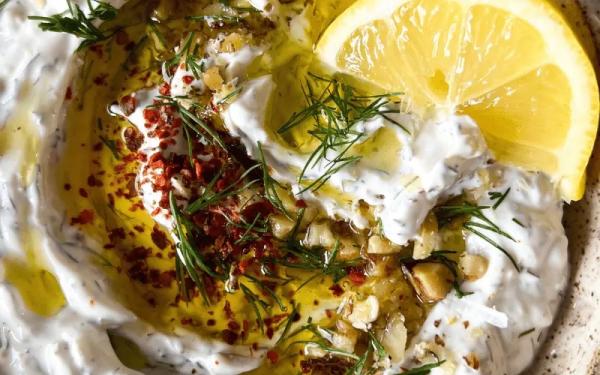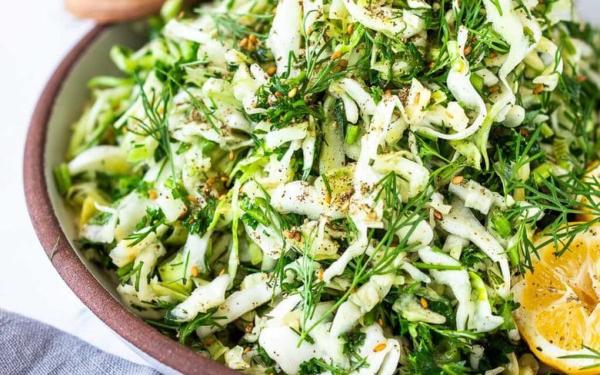Dill (Anethum graveolens) is an annual herb in the celery family that is native to North Africa, Iran, and the Arabian Peninsula. Dill has been used for thousands of years, and has even been found in the tomb of Egyptian Pharaoh Amenhotep II, dating back to 1400 BC[1].
Dill grows best during hot summers with full sun, as even partial shade will dramatically reduce its yield. It prefers rich, neutral or acidic, well-drained soil, and is relative drought-tolerant. With small white or yellow flowers in the summer, Dill seeds can be harvested from these dried buds in the early fall[1][3].

Cultural Relevance of Dill
Although dill was important in much of the Ancient Middle East, it was especially prominent across Ancient Egyptian culture. Archaeological evidence suggests that dill was grown in Egyptian gardens as early as 3000 BC, where it was used for culinary, medicinal, and ceremonial practices. It is mentioned in various Ancient Egyptian texts, including medical papyri that document the herb’s healing properties. Artifacts depicting dill plants have also been found in a variety of ancient tombs, likely because it was believed to aid in the journey to the afterlife, symbolizing rebirth and the continuation of life beyond the grave. Dill is also associated with fertility and prosperity, and was believed to ensure blessings and bountiful harvests. Because of this, it was often used in offerings to Isis, the goddess of fertility, and Osiris, the god of the afterlife. It was also included in wedding ceremonies and planted near entrances to homes as a way to attract good luck and ward off evil spirits[2].
Like many herbs, dill was also believed to have medicinal properties in traditional Middle Eastern medicine. In ancient Egyptian medicine, dill was used to treat digestive issues, respiratory problems, and skin irritations. However, it was often used in conjunction with other herbs rather than by itself[2]. Dill is also high in flavonoids, phenolic acids, and coumarins, which are known today for their anti-inflammatory, antioxidant, and antimicrobial properties. It is also known for its antispasmodic effects that can help relax smooth muscles, as well as its ability to improve circulation, and its potential to help modulate blood sugar levels and support a healthy metabolism. These various properties may also aid in the protection of both skin and immune health as well[3].
Dill is frequently used as a Middle Eastern herb or spice. Some recipes may call for fresh or dried leaves, while others call for whole or crushed seeds. It is often served in cold dishes, such as fattoush or pickles, or with soups, fish, and potato’s, and often alongside parsley or cabbage[1]. Dill can also be used to create herbal teas, or as garnish to brighten a plate and add its unique flavor. Dill is frequently used in meze platters as well, especially in the Middle East[4].



